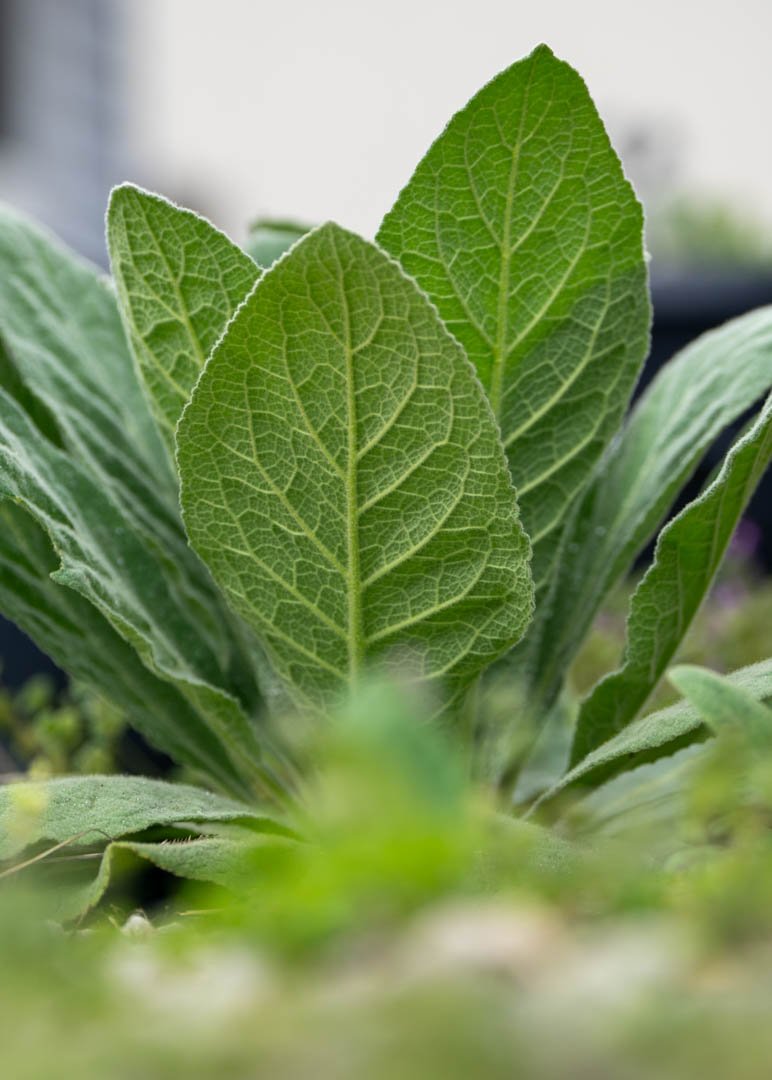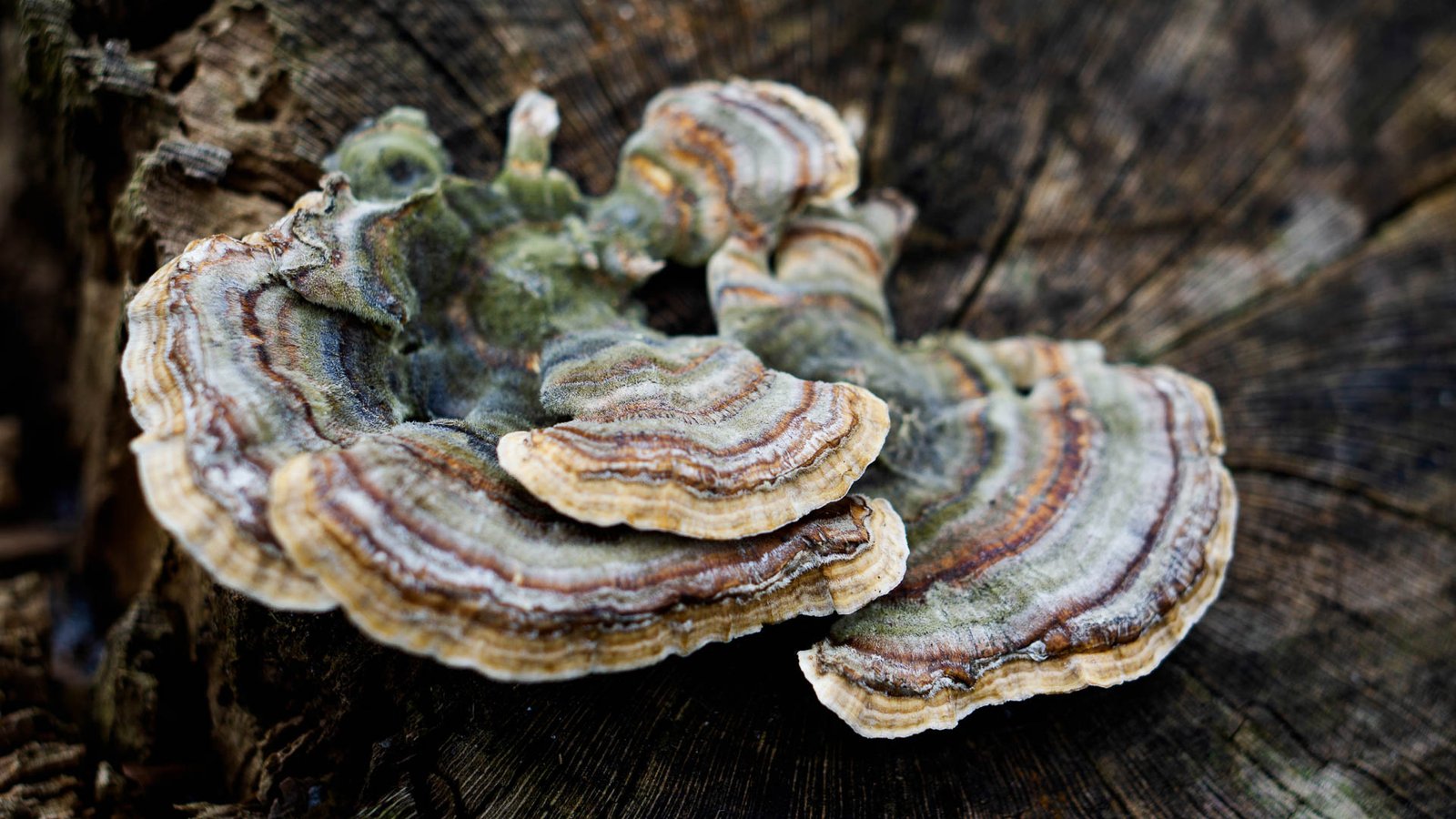Exploring Mullein’s Herbal Legacy
In the world of herbal remedies, few plants possess the rich historical tapestry and versatile medicinal properties as mullein (Verbascum thapsus). Known for its towering stature and distinctive fuzzy leaves, mullein has been cherished across continents and cultures for centuries. Let’s embark on a journey through time and delve into the fascinating history and healing potential of this remarkable herb.
A Glimpse into History
Mullein’s story begins in ancient civilizations where it earned a reputation as a valuable herbal ally. The Greeks and Romans appreciated its medicinal virtues, utilizing it for a spectrum of ailments ranging from respiratory issues to joint pain. The famed Greek physician Dioscorides documented its uses in his seminal work “De Materia Medica,” highlighting its effectiveness in treating lung diseases.
Moving through time, mullein found its way into European herbal traditions during the Middle Ages and Renaissance. Herbalists such as Hildegard von Bingen and Culpeper praised mullein for its ability to soothe respiratory congestion and promote healing in various forms, including teas, poultices, and tinctures.
Botanical Marvel: Characteristics and Uses
Mullein’s botanical profile is as distinctive as its historical significance. Characterized by its tall flower stalks adorned with clusters of yellow flowers, and large, soft leaves covered in a downy layer, mullein stands out in any garden or wild landscape. The leaves, flowers, and roots of the plant are all utilized in herbal medicine, offering a wide array of therapeutic applications.
Respiratory Health
One of mullein’s primary uses is in supporting respiratory health. The herb is known for its ability to alleviate coughs, bronchitis, and asthma symptoms. Its mucilaginous properties help to soothe irritated mucous membranes while its mild expectorant action aids in expelling phlegm.
Ear Health
Mullein oil, often infused with garlic, has been historically used as an ear drop to alleviate earaches and ear infections. Its antimicrobial properties make it effective in combating bacterial and fungal growth in the ear canal.
Skin and Wound Care
Externally, mullein’s leaves have been used in poultices and salves to soothe skin irritations, burns, and minor wounds. The plant’s emollient nature provides a protective barrier while promoting healing.
Modern Research and Herbalism
In contemporary herbalism, mullein continues to be valued for its therapeutic benefits. Scientific studies have validated some traditional uses, affirming mullein’s anti-inflammatory, antimicrobial, and antioxidant properties. This ongoing research underscores its potential in modern herbal practice and pharmaceutical applications.
Cultivating Mullein: Tips for Home Herbalists
For those intrigued by mullein’s medicinal prowess, cultivating this herb in a home garden is rewarding. Mullein thrives in well-drained soil and full sun, making it adaptable to various climates. Harvesting leaves and flowers during the plant’s blooming season ensures optimal potency for herbal preparations.
Conclusion
Mullein’s journey from ancient herbalist manuals to contemporary wellness practices is a testament to its enduring relevance. Whether used to alleviate respiratory ailments, soothe ear discomfort, or promote skin healing, mullein remains a cherished herbal remedy with a rich history and promising future. As we continue to explore the vast world of herbal medicine, mullein stands tall as a beacon of natural healing and botanical wisdom.
Embrace the legacy of mullein and discover its transformative power in your holistic health journey. Unlock the secrets of this ancient remedy and embrace the timeless wisdom of nature.
Let us know if you need more details or have specific aspects you’d like to explore further!



